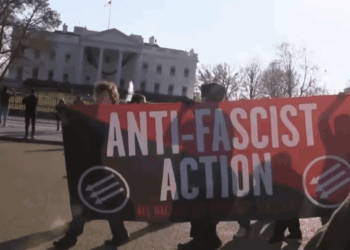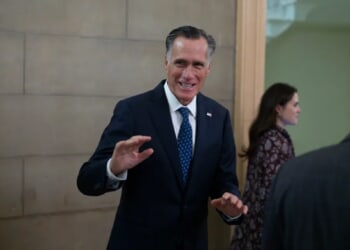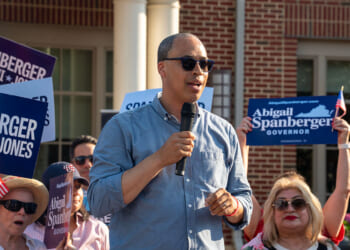As the Supreme Court grapples with Louisiana v. Callais, it’s clear that Section 2 of the landmark Voting Rights Act of 1965, in its current interpretation, has drifted from the Constitution’s foundational promise. By mandating race-conscious redistricting to create majority-minority districts, it inadvertently fosters a system of preferences that clashes with the equal protection clause of the 14th Amendment. The court’s conservative justices are right to question this approach — not to undermine voting rights, but to restore a uniform standard of equality for all citizens without carving out racial exceptions.
At its core, the equal protection clause demands that the law treat every person with impartiality, free from favoritism or division based on identity. Section 2, as traditionally applied, requires states to draw district lines with race as a predominant factor to prevent “vote dilution” among minority groups. This well-intentioned remedy, born from the era’s urgent need to combat systemic racism, has evolved into a mechanism that sorts voters by race, assuming uniform political preferences within those groups. Such practices not only rely on outdated stereotypes but also create a preferred class framework, where certain racial categories receive tailored protections that others do not. This is not equality — it’s a hierarchy disguised as justice, one that breeds division and resentment in a nation striving for unity.
Creating Contradiction
History teaches us that legal interventions, however noble, must be scrutinized when they fail to deliver lasting progress. For decades, race-based redistricting has aimed to boost minority representation, yet persistent disparities in political outcomes persist. Black and Latino communities continue to face barriers, but mandating racial gerrymandering has not closed those gaps — it has highlighted them, perpetuating a cycle of dependence on government-mandated preferences rather than fostering organic, merit-based advancements. The 14th Amendment envisions no such patchwork; it calls for a single, unyielding standard where the right to vote is secured equally for every individual, without the state playing favorites. By signaling a willingness to limit or bar the use of race in redistricting, justices such as Clarence Thomas, Samuel Alito, Neil Gorsuch, and Brett Kavanaugh are not dismantling protections — they are realigning the Voting Rights Act with the Constitution’s color-blind ideal.
Consider the irony: in pursuing racial equity through explicit racial classifications, we have created an inequality of equality. The 15th Amendment reinforces this, prohibiting the abridgment of voting rights on account of race, yet current interpretations of Section 2 effectively require racial considerations in map-drawing. This contradiction undermines the very principles the act was meant to uphold. Justice Kavanaugh’s call for an “end point” to race-based remedies echoes the court’s recent handling of affirmative action, recognizing that societal progress demands we move beyond temporary fixes. Chief Justice John Roberts and Justice Amy Coney Barrett, by probing the boundaries of precedent, underscore the need to differentiate remedies rooted in current evidence from those that entrench racial divisions indefinitely.
The Black Vote
Eliminating the reliance on protected class status in voting practices, i.e., the black vote as a presumed voting bloc, does not mean abandoning the fight against discrimination — it means trusting the Constitution’s promise to protect all voters through consistent, universal enforcement. But won’t that dilute the collective power of the black vote or the Latino vote, assuming blacks and Latinos all vote the same? Only they don’t. Blacks and Latinos are not predictable in their voter preferences and should not be the default guide to mapping voting districts. States are better off drawing districts through race-neutral means, such as focusing on socioeconomic factors or community cohesion, ensuring that all voters’ voices are amplified without resorting to racial sorting.
The market of democracy — voters’ choices, competition among candidates, and the natural evolution of coalitions — can then adjust for any lingering biases, pressuring systems to inclusivity without bureaucratic mandates. After all, true voting protections thrive not in exceptions, but in the even application of the law.
The Supreme Court has an opportunity to honor the Voting Rights Act’s legacy by making it consonant with the 14th Amendment’s unadorned equality. This isn’t about disregarding the franchise; it’s about safeguarding it for every American, free from the distortions of preference. Let’s embrace a standard that’s clear, fair, and enduring — one that unites us under the law, as the Constitution intended. The paradox of unequal equality has lingered too long; it’s time to resolve it.
Curtis Hill is the former attorney general of Indiana.
















